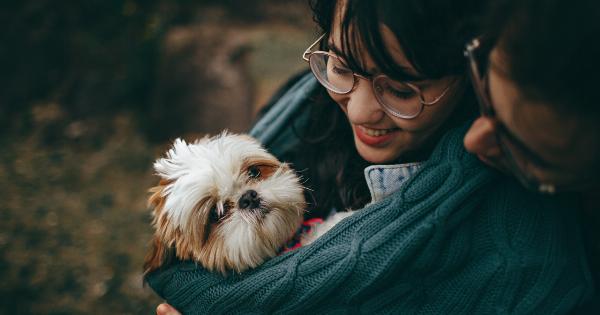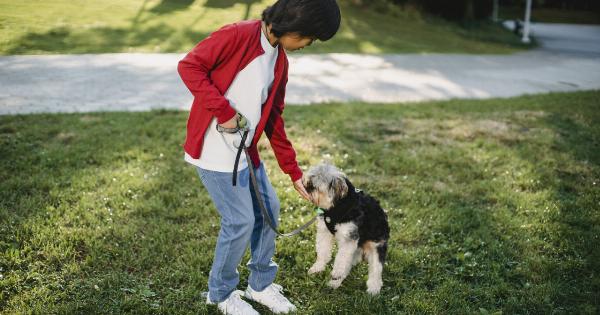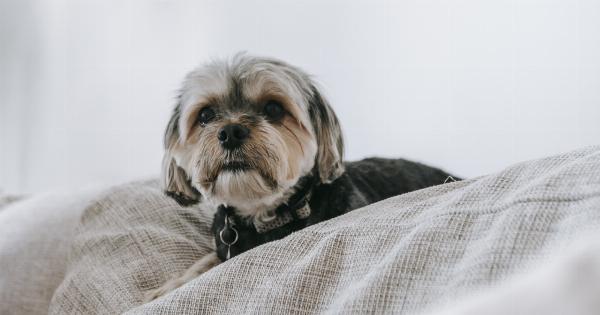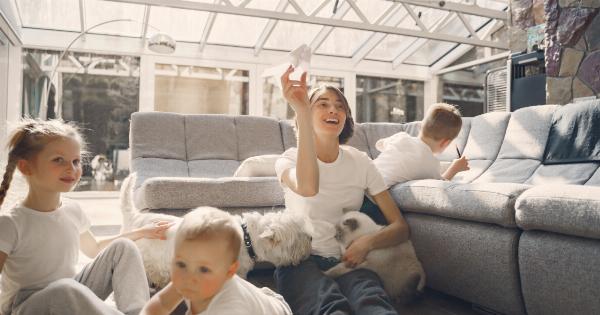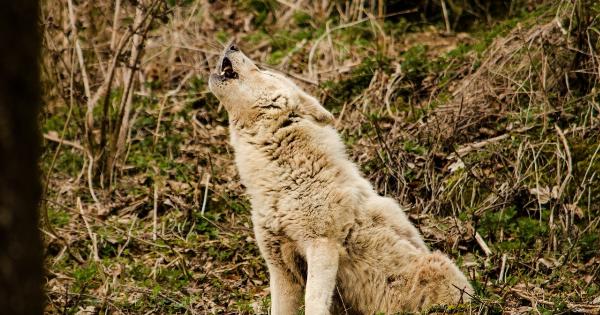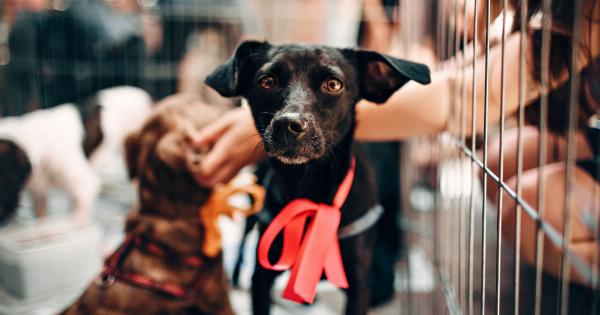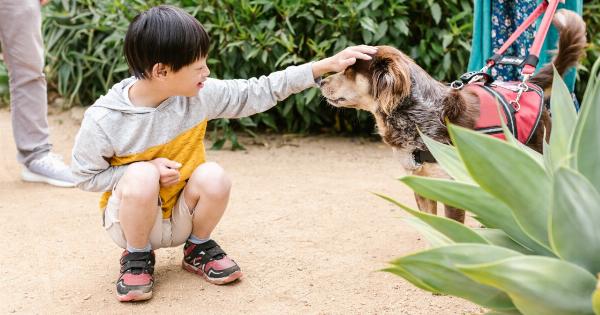Introducing a new baby to a household with a dog can be an exciting but challenging time. It’s important to ensure a smooth transition for both the dog and the baby.
With some careful planning and preparation, you can help your furry friend adjust to the new addition to the family. Here are some tips to make the introduction between dogs and babies as smooth as possible.
1. Familiarize your dog with baby-related scents
Before bringing your baby home, let your dog become familiar with the scent of baby products, such as lotions, powders, and creams. You can do this by placing a blanket or clothing item with the baby’s scent in areas your dog frequents.
This will help your dog associate the baby’s smell with something positive.
2. Gradually introduce your dog to baby items
Set up the baby’s nursery and gradually introduce your dog to the new items in the room. Allow your dog to sniff and explore the baby’s crib, changing table, and other furniture.
Use positive reinforcement, such as treats and praise, to create positive associations with these items.
3. Teach your dog to be calm and gentle
It’s crucial to teach your dog to be calm and gentle around the baby. Practice obedience commands, such as “sit,” “stay,” and “leave it,” to ensure your dog understands boundaries.
Reward your dog for good behavior and redirect any unwanted behavior.
4. Supervise all interactions
Never leave your dog and baby unsupervised, especially in the early stages of their introduction. Accidents can happen, and it’s important to be able to intervene if necessary.
Keep a close eye on their interactions and step in if your dog or baby shows signs of discomfort or stress.
5. Create a safe space for your dog
Provide your dog with a designated safe space in the house where they can retreat to, away from the baby. This could be a crate, a separate room, or a comfortable bed. Make sure this area is off-limits to the baby to prevent any potential conflicts.
6. Gradually increase exposure
Gradually increase the amount of time your dog spends with the baby. Begin with short, supervised sessions and gradually lengthen the duration. This will help your dog become more comfortable and accustomed to the baby’s presence.
7. Maintain your dog’s routine
Continue to stick to your dog’s regular routine, including feeding times, walks, and playtime. A consistent routine will help your dog feel secure and reduce any potential anxiety or stress caused by the new addition to the family.
8. Reward positive interactions
Whenever your dog interacts positively with the baby, reward them with treats, praise, and affection. This will reinforce the idea that being near the baby is a positive experience.
It’s essential to create positive associations and reinforce good behavior to foster a strong bond between your dog and baby.
9. Incorporate baby sounds
To familiarize your dog with baby sounds, gradually expose them to recordings of babies crying, cooing, and making other typical noises. Start with low volume and increase it over time.
This will help desensitize your dog to these sounds and prevent any negative reactions.
10. Seek professional help if needed
If you’re concerned about your dog’s behavior or their ability to adjust to the baby, don’t hesitate to seek professional help. A dog trainer or behaviorist can provide guidance and support during this transitional period.
They can help address any specific issues and ensure a smooth introduction for both your dog and baby.


